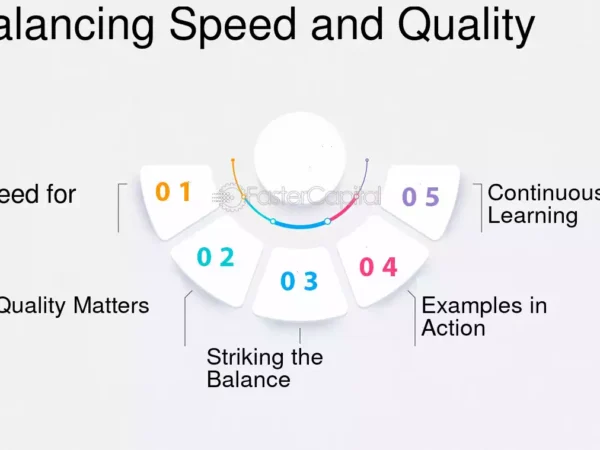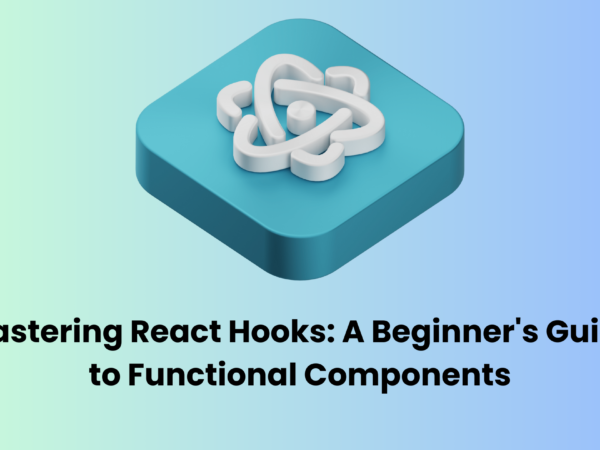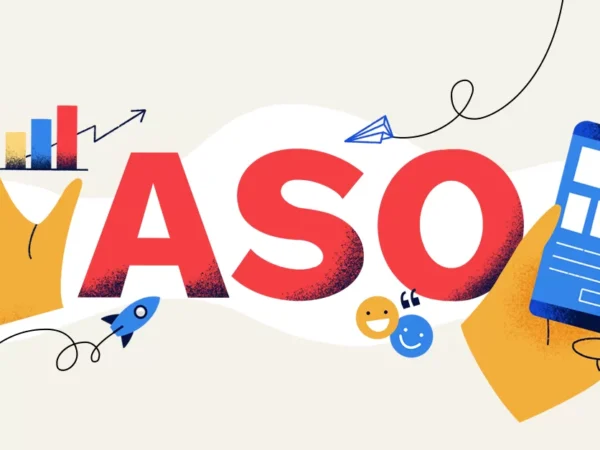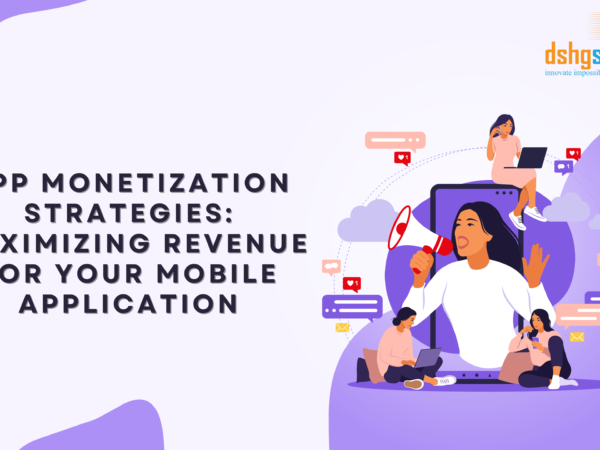In the startup world, picking the right features for your Minimum Viable Product is super important. Product features are the building blocks that shape the user experience, define the product’s uniqueness, and ultimately determine its success in the market. A careful selection and prioritization of features play a pivotal role in steering a startup toward success. Research indicates that businesses that strategically focus on core features aligned with user needs are more likely to gain traction and achieve sustained growth.
When creating a Minimum Viable Product, it’s crucial to prioritize features carefully. This involves ranking and sorting potential functionalities based on factors such as how they align with business goals, meet user needs, and the resources available. The goal is to create an MVP that solves the target group’s core problems while also optimizing development time and costs, which is essential for the product’s success. This strategic approach is based on data and user feedback to ensure that the product adds value to users and aligns with business objectives.
Why Prioritize MVP Features?
Prioritizing MVP features while understanding what your users want makes your business seem flexible and in tune with their needs. This user-focused way not only attracts early users but also sets the stage for keeping customers happy in the long run. Each feature adds to your product’s story, affecting how users see and use it. Smart prioritizing not only makes development smoother but also ensures that your resources go into the features that matter most to your users. Let’s check the following points explaining the need of prioritization of MVP features:
- Focused Development: Prioritizing features for your MVP streamlines projects, reducing costs and accelerating development time, ensuring a swift time-to-market for the product.
- User-based Approach: Prioritizing features according to user needs allows the creation of a product that is not only useful and relevant but also addresses core user problems.
- Risk Reduction: The process helps in mitigating the risk of developing a product that may not resonate with the audience. Early user feedback allows for necessary adaptations, reducing the chances of failure.
- Resource Management: Effective prioritization of MVP features aids in managing resources efficiently, allowing the development of the MVP within budget and time constraints.
- Strategic Business Alignment: Prioritization of product features aligns with the business strategy, ensuring that the product development is in line with broader business goals.
- Facilitates Learning and Validation: MVP feature prioritization is essential for learning about users and validating the product idea. Testing features for their learning value helps verify market assumptions about the product.
How to Define and Prioritize MVP Features?
Defining and prioritizing your MVP features is crucial in product development. It needs a thorough understanding of the product and your potential users. Let’s check how you can achieve this, through this detailed framework:
- Define your Product Vision: Defining your product vision is crucial to prioritizing tasks, staying focused, and efficiently allocating resources. It involves understanding the problem you aim to solve and how your product will solve it.
- Understand User Needs: A deep understanding of the product, target market, and business goals is essential. Comprehensive research, including interviews, surveys, and market analysis, helps in understanding who the users are and the problems that need to be solved.
- Create a Feature Backlog: Create a feature backlog to list all potential features and functions for your product. Prioritize the ones that will have the greatest impact.
- Assess Impact and Effort: Evaluate each feature in terms of its potential impact on users and the effort required to implement it. The impact can be measured by the value it adds, the problems it solves, or the benefits it provides to users. The effort includes development time, complexity, and resource requirements.
- Start Prioritization Process: Sort features based on different criteria such as the area of the product (front-end vs back-end), mobile vs desktop features, user story maps, and product strategy.
- Score and Rank Features: Utilize models like the RICE model (Reach, Impact, Confidence, Effort) to score features based on specific questions related to user benefits, value, impact, and implementation time.
- Identify Potential Features: Brainstorm a potential feature list that aims to solve user problems, enhance the user experience, and provide unique value.
- Create an MVP Feature List: Develop a feature list that directly addresses core problems and adds significant value to the users.
- Categorize and Prioritize: Categorize features based on their impact, feasibility, and alignment. Use prioritization frameworks like MoSCoW, and RICE to rank features effectively.
- Finalize MVP Feature Set: Choose features that are most likely to provide value to users, align with your business goals, and are feasible within the given resources.
- Validate with Users and Stakeholders: Utilize feedback, focus groups, or prototyping to ensure features resonate with the audience and stakeholders.
- Iterate and Adapt: Prioritization is not a one-time process. As you gather feedback, learn from user interactions, and monitor the market, be prepared to revisit and adjust your priorities. Regularly reassess and refine your feature backlog to stay responsive to evolving needs.
- Start with a Small and Impactful MVP: Once you’ve prioritized your features, focus on building a small, functional MVP that delivers core value to users. By keeping the scope manageable, you can quickly release a minimum viable version and gather feedback to validate assumptions and iterate.
MVP Prioritization Models:
There are several prioritization models available to rank your features. Here are a few popular methods:
The MoSCoW method helps prioritize features by categorizing them into four groups:
- Must-haves: Features that are essential and must be included for the product to function.
- Should-haves: Important features that significantly enhance the product but are not critical for basic functionality.
- Could-haves: Nice-to-have features that would be beneficial but are not crucial.
- Won’t-haves: Features that are explicitly excluded from the current scope or future releases.
The RICE scoring model evaluates features using a matrix that considers their value to the user or business and the complexity required for implementation. Features are then plotted on this matrix, helping teams prioritize by focusing on high-value, low-complexity items first.
The Kano model categorizes features into five types:
- Must-be Quality: Features that, when present, are expected, but their absence is dissatisfying.
- Attractive Quality: Features that, when present, delight users, but their absence doesn’t necessarily dissatisfy.
- One-dimensional Quality: Directly correlates satisfaction with feature implementation.
- Indifferent Quality: Features that don’t significantly impact satisfaction, whether they are present or not.
- Reverse Quality: Features that, when present, result in dissatisfaction, but their absence brings satisfaction.
Buy a Feature:
In the Buy a Feature model, a set amount of money is given to users, and potential features with their associated costs are listed. Users then “buy” the features they consider most valuable, providing an interactive and engaging way to gather direct user input. This method allows users to influence feature prioritization based on their perceived value.
Opportunity Scoring:
Opportunity scoring relies on user surveys to rate the importance and satisfaction of each feature. Features with high opportunity scores are deemed important and represent areas of strength. While those with low satisfaction scores indicate areas that need further improvement. This approach ensures that prioritization aligns with user needs and satisfaction levels.
This model evaluates features based on their value and complexity. It categorizes features into four quadrants. It highlights quick-win features, and challenges, and enables iterative evaluation. It is particularly effective in agile environments for sprint planning.
Conclusion:
Building a successful product requires careful prioritization and ongoing evaluation of features. It’s essential to recognize the changing needs of consumers and the dynamics of the market and business goals. There isn’t one correct process for feature prioritization. That’s why, it’s essential to come up with a strategy that works best for you, considering all factors that influence product success. Utilizing feedback and experimentation can help refine your approach. This helps to remain focused on creating the best product possible while keeping customers at heart. Ultimately, prioritization is an integral part of the product development life-cycle and must be maintained to achieve optimal results. If you need help in building your product, we are here to help. Contact us today!
FAQs:
- Why is user-based prioritization important in MVP development?
A: User-based prioritization ensures that the product aligns with the actual needs and expectations of the target audience. This increases the chances of product success.
- Can feature prioritization be adjusted during the development process?
A: Yes, feature prioritization is an iterative process. It can and should be adjusted based on ongoing feedback, changing market dynamics, and evolving business goals.
- How do you ensure that prioritized features align with business goals?
A: Involving key stakeholders during the prioritization process ensures that features align with overarching business objectives. This provides a strategic direction to the MVP development process.
- What role does user feedback play in adjusting feature prioritization?
A: User feedback is crucial for adjusting feature prioritization. It provides insights into user preferences, and satisfaction levels, and helps in refining the product based on real-world usage.
- How does MVP feature prioritization contribute to risk reduction?
A: By focusing on the most essential features first, MVP feature prioritization reduces the risk of developing a product that may not resonate with the audience. This ensures that resources are efficiently utilized in areas that matter the most.









